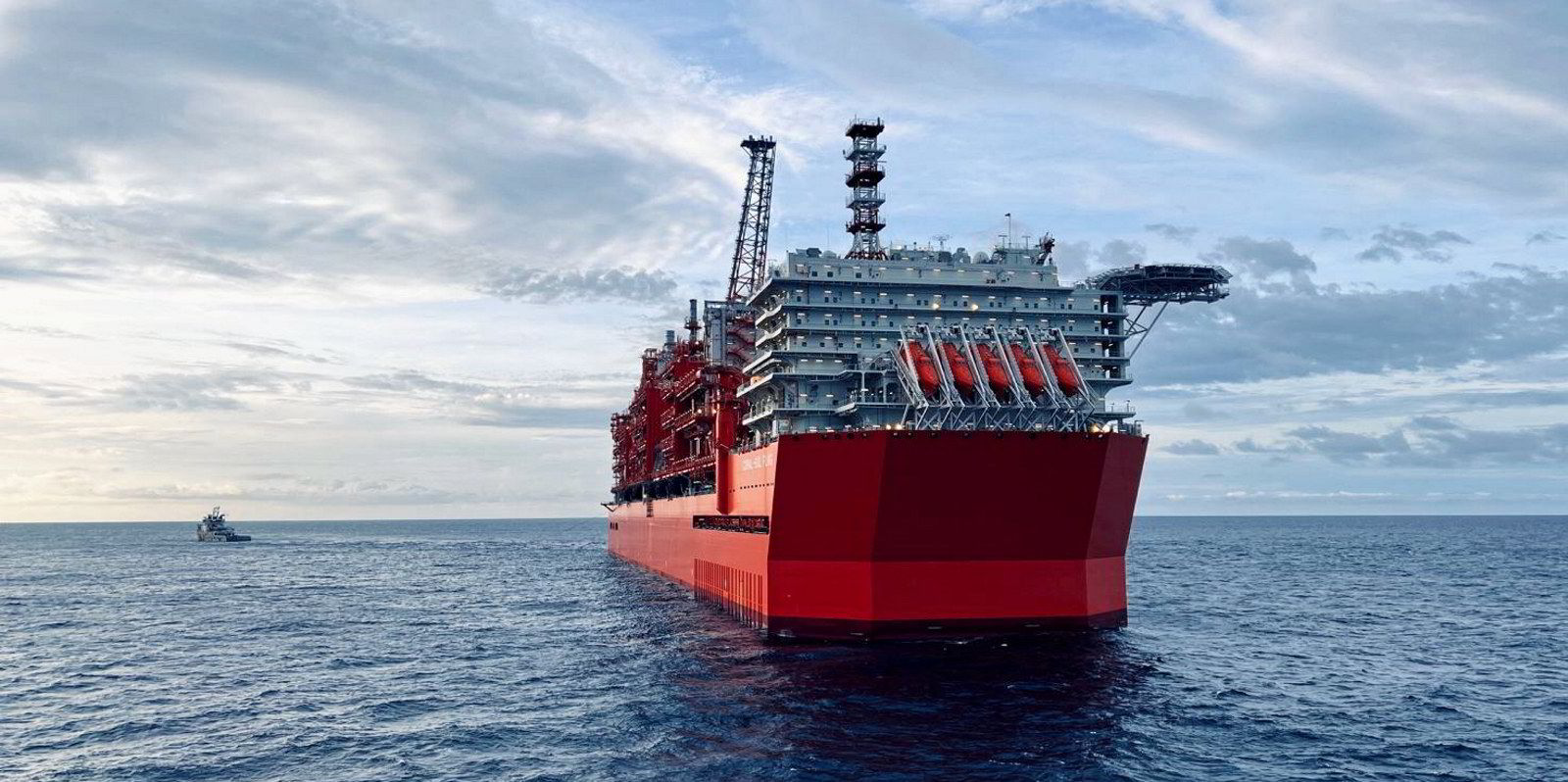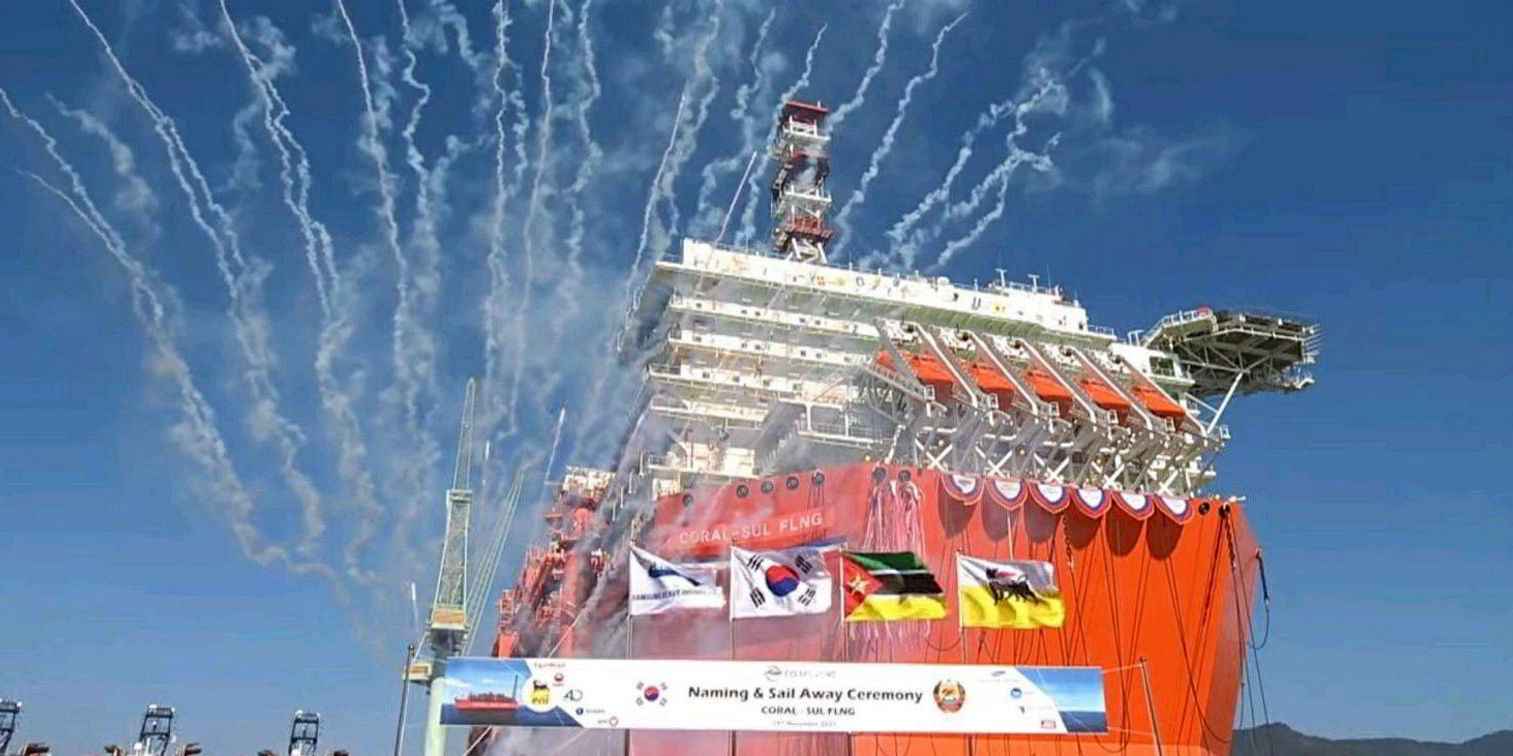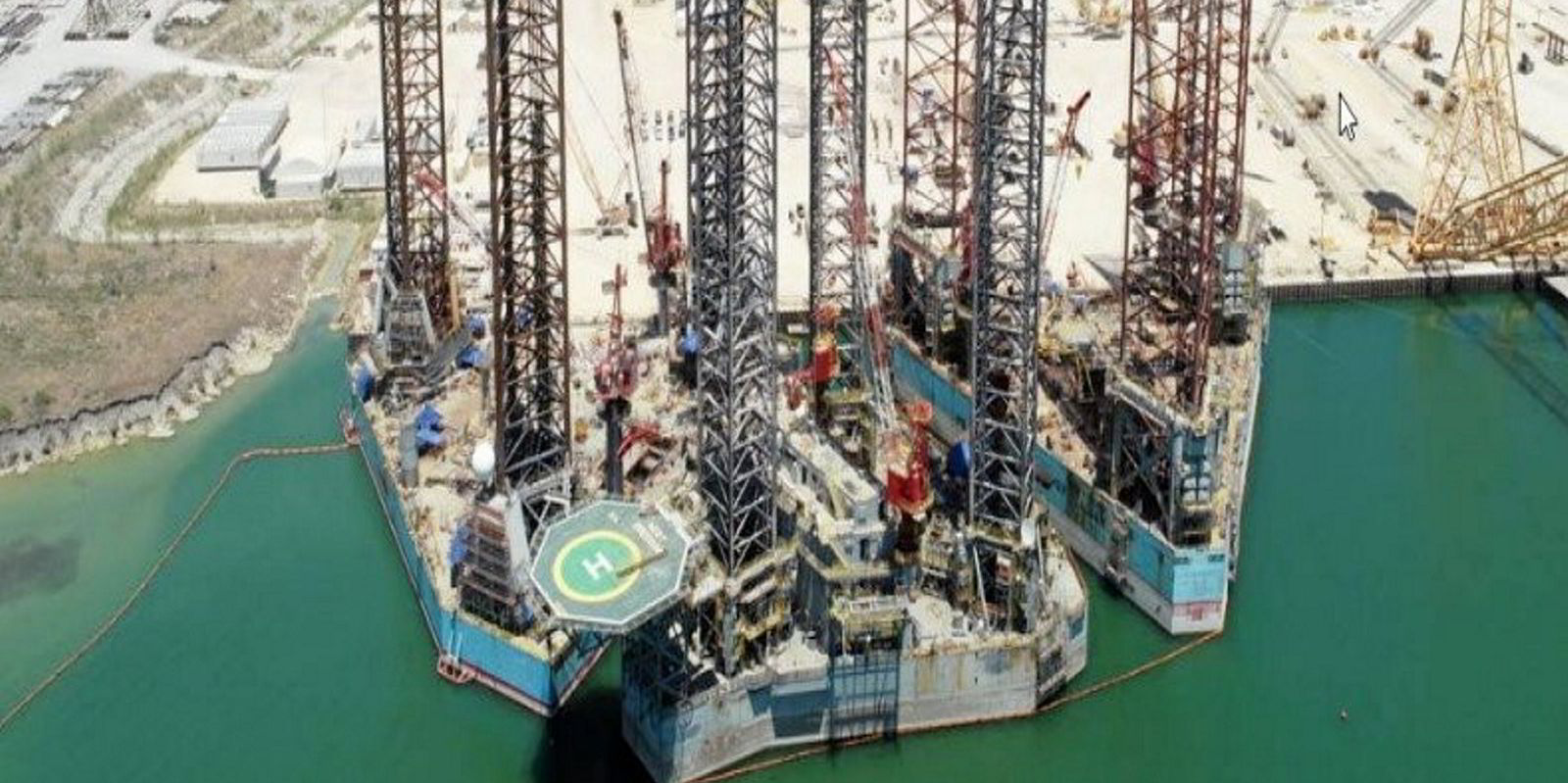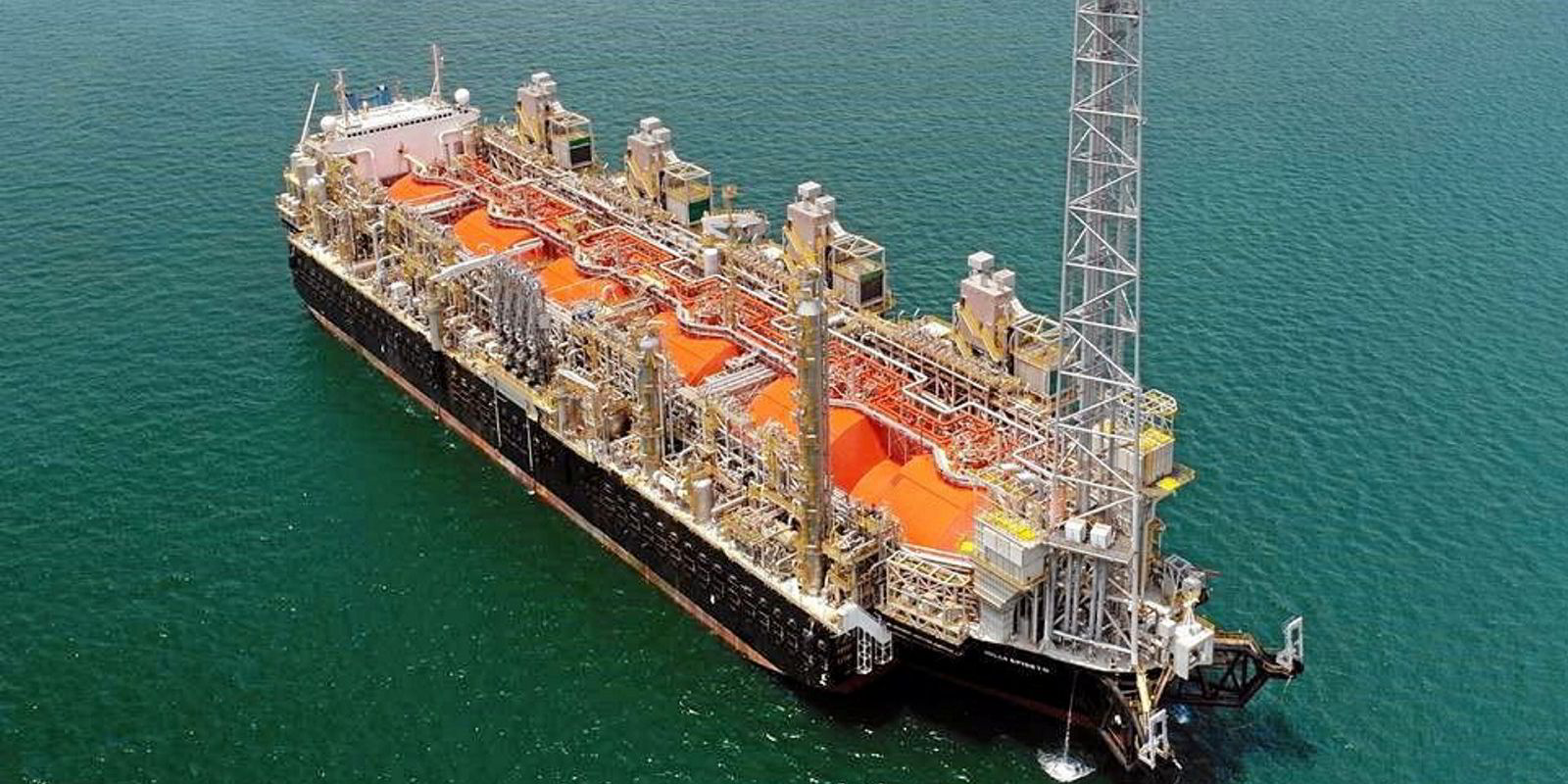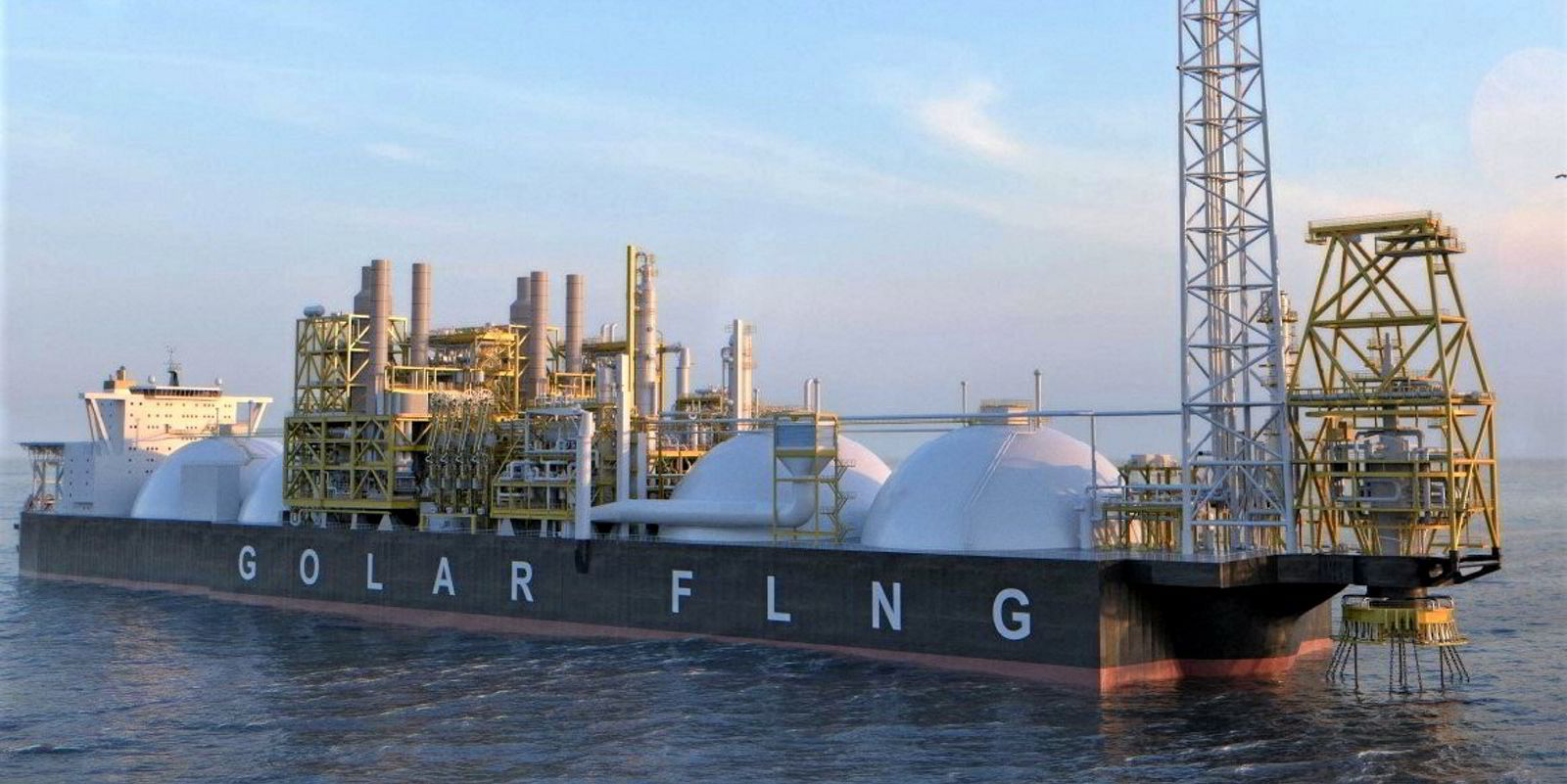Floating LNG production projects are seeing a surge in interest on the back of elevated gas prices and energy-hungry markets.
There are now seven commissioned FLNG units globally and contractors have outlined a further nine projects that are under development and are now pushing to move ahead at pace.
Engineering procurement and construction contractors with a focus on FLNG told TradeWinds that this sector is currently “extremely busy”.
Offers have just gone in from shortlisted yards and their topsides partners for a third FLNG unit for Petronas’ ZFLNG unit, which will have a minimum production capacity of two million tonnes per annum.
Both Italian energy company Eni and US major ExxonMobil are eyeing up FLNG units and vying for yard slots on newbuildings for projects off Mozambique. This is just as Eni moves to bring its first LNG floater — the 3.4-mtpa Coral-Sul FLNG (built 2021) — onstream off the east African nation with a first export cargo due this month.
Newly FLNG-focused Golar LNG said on its August results call that it was ready to move ahead with a speculative LNG carrier-to-FLNG unit conversion in advance of signing a firm contract, indicating that the company had a clear idea of which project this would go to.
The company — which one market player described as “the king of conversions” since its 2.2-mtpa FLNG unit Hilli Episeyo off Cameroon has proved the top global producer with over 5.5 million tonnes of LNG — said it plans to order long-lead items for its 3.5-mtpa capacity Mark II conversion this year to safeguard a 2025 delivery position for a unit.
In the US, New Fortress Energy is also targeting conversions as a quick start-up for FLNG units but is using offshore rather than LNG assets linked together by bridging. The company has said it plans to bring its first “Fast LNG” unit onstream by mid-2023.
“Hats off to them if they can pull it off,” one contractor said in reference to New Fortress’ pioneering moves on FLNG. “It’s not easy. There will be challenges.”
Engineering procurement and construction hands said projects like Cedar LNG in Canada and Delfin Midstream’s multiple unit plan for the US Gulf are finally making progress on the financing and lining up LNG offtakers.
“If they can’t make the financing work at this time, then they will never do it,” one said, speaking about the burst of activity from developers. “Everybody knows that this is the window. And if they can’t do it for their project, then their dreams are all gone.”
Everybody knows that this is the window. And if they can't do it ... then their dreams are all gone
EPS hand
Contractors said midscale FLNG units of around 3.5 mtpa are currently the “workhorse” for the sector, with the bulk of projects for near-shore locations.
They said developers are looking at a range of sizes from around 2 mtpa up to 5.5 mtpa on either a newbuilding or a converted vessel but on a modular, multiple train concept, as pioneered by Venture Global LNG for its onshore liquefaction facilities.
This enables projects to grow progressively and match their development with LNG sales and purchase agreements.
But FLNG units are often complex facilities to put into operation, both technically, commercially — and sometimes politically.
Witness Shell’s 3.6-mtpa Prelude LNG facility, which has just restarted after a string of serious technical issues and ensuing industrial action forced the energy major to shutdown the unit as the walkout was impacting the mooring of LNG carriers alongside the floater, disrupting exports.
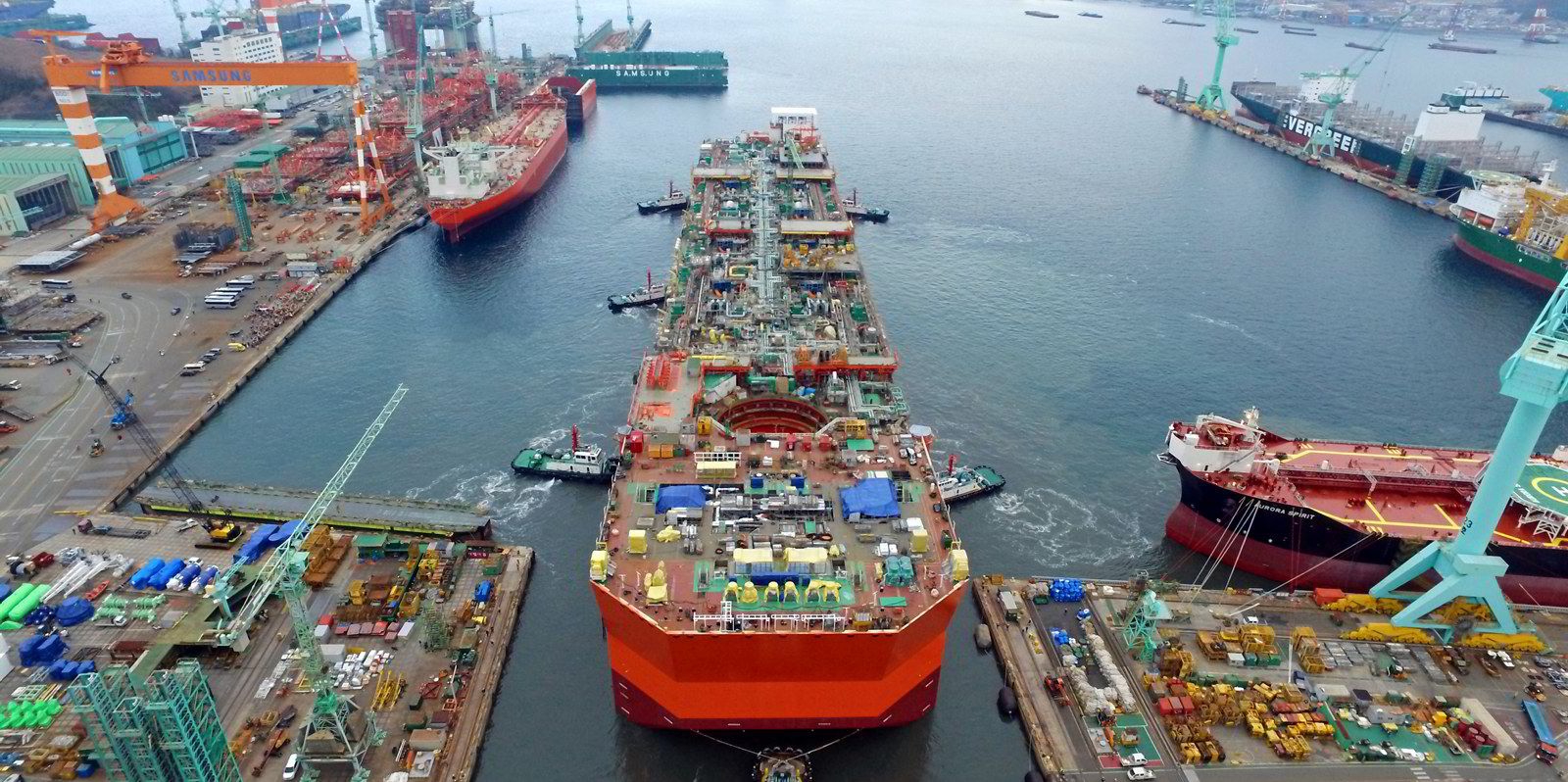
Newbuildings and conversions require large dry-dock space and can tie up this capacity for a lengthy period. This comes at a time when yards are fighting off LNG shipowners and project developers who are seeking slots for conventional vessels, while those looking to order FLNG units have been seen competing for the same berth space.
Pricing can still prove tricky and while developers may argue that all the technologies being put together for LNG floaters are already proven, experience with units to date has shown that when assembled together operational problems have arisen and costs escalated.
On a recent webinar, Poten & Partners referenced Delfin Midstream as in discussions with Samsung Heavy Industries for an FLNG newbuilding and said the company has indicated that the capital expenditure per tonne of LNG from its project would be costed at around $600.
Golar, which has said it is focused on Africa for FLNG due to cheaper feedgas and more optimal geographic positioning for cargo deliveries, has quoted a similar figure of $500 to $600 per tonne for its conversion option, which the company would argue may have a quicker-to-market delivery time.
The company presented figures showing prices on existing and upcoming FLNG units, ranging upwards from this to almost $2,500 per tonne.
The development crush is generating some competition.

